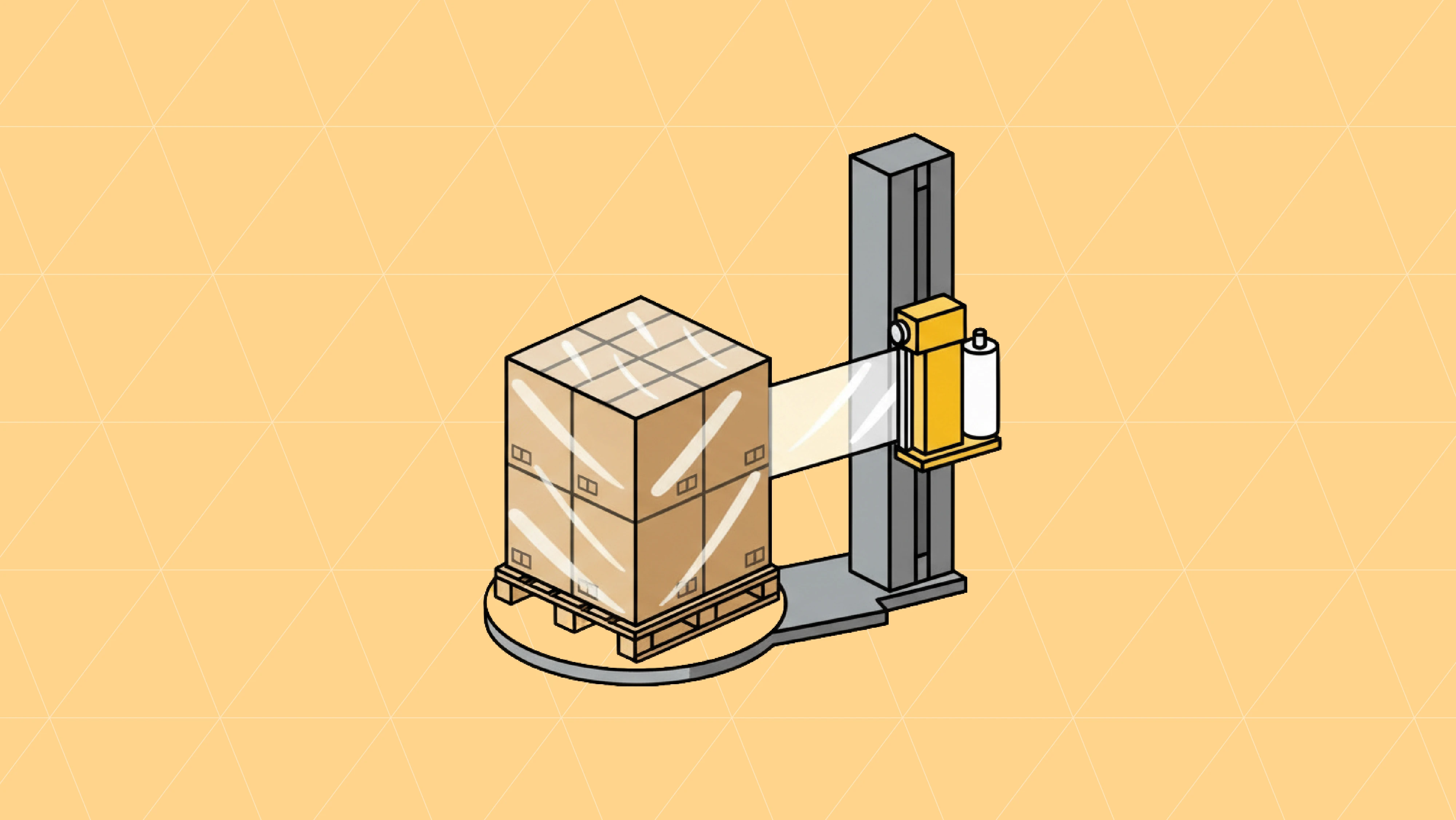The supply chain industry undergoes continuous transformation, reshaping how retailers and manufacturers collaborate. Drop shipping has emerged as a fulfillment method that creates mutual benefits for both parties in today's competitive marketplace.
Drop shipping operates through a distinct fulfillment approach where customer orders ship directly from suppliers rather than through traditional retail inventory channels. This method allows retailers to expand their product catalogs without physical storage requirements while providing manufacturers access to broader customer bases without extensive marketing investments.
Growing eCommerce demand has significantly increased interest in drop shipping solutions. This comprehensive guide explores implementation strategies and best practices for manufacturers entering the drop shipping market.
Six Critical Drop Shipping Strategies for Manufacturing Success
eCommerce growth has fundamentally altered market expectations and supply chain requirements. Historically, manufacturers operated through two primary models:
Direct-to-Consumer (D2C) Operations: Manufacturers handled complete marketing and fulfillment processes internally, managing assembly, storage, marketing, sales, and delivery operations.
Channel Partner Sales: Manufacturing companies transferred storage, sales, and distribution responsibilities to retail partners rather than managing consumer relationships directly.
Drop shipping introduces a hybrid approach where retailers purchase inventory on-demand from suppliers who ship directly to end customers. Manufacturing businesses implementing drop shipping should consider these fundamental strategies:
1. Optimize Your Supply Chain Infrastructure
Successful drop shipping implementation begins with comprehensive system evaluation. Current infrastructure must support drop shipping complexities, particularly frequent single-item order fulfillment and scalable operations. Conduct thorough assessments of existing processes to identify potential bottlenecks and operational weaknesses.
System upgrades may require integration solutions or software enhancements, including:
Electronic Data Interchange (EDI): Digital communication systems replace traditional fax and mail document exchange methods for business transactions.
Enterprise Resource Planning (ERP): Accounting system integrations with platforms like QuickBooks or Microsoft Dynamics provide comprehensive business management capabilities.
Warehouse Management Systems (WMS): Specialized software optimizes warehouse operations and distribution center functionality.
2. Implement Real-Time Inventory Communication
Modern retail environments demand maximum transparency between all supply chain participants. Successful manufacturer-retailer relationships prioritize collaboration through frequent, accurate inventory updates. Real-time inventory feeds allow retailers to provide customers with current stock information, improving overall satisfaction rates.
Communication excellence extends throughout the drop shipping process. Keep customers informed about inventory availability and provide detailed shipment tracking information. Send advance ship notices to retail partners regarding order status updates. Automated communication systems improve response times while reducing fulfillment errors.
3. Evaluate Third-Party Logistics (3PL) Partnership Opportunities
Consider partnering with third-party logistics providers to support drop shipping operations. 3PL services cover multiple supply chain functions:
Transportation management
Warehousing solutions
Distribution coordination
Shipping operations
Receiving processes
3PL partnerships prepare businesses for increased shipment volumes. For example, if daily order processing increases from 100 to 600 orders, maintaining service quality becomes challenging without additional support. 3PL providers can automate manual processes, increasing daily order processing capacity.
Consider 3PL partnerships when:
Storage costs impact profitability negatively
Current order volumes exceed processing capacity
International retail partnerships require local market expertise
4. Master EDI Compliance Requirements
Major retailers typically require EDI compliance for drop shipping partnerships. EDI has replaced traditional document exchange methods like fax and email, providing standardized order processing and communication protocols. Supply chain partners use EDI for purchase orders, invoices, and shipping documentation exchange.
Rapidly growing businesses expanding their trading partner networks should integrate EDI with ERP, accounting, or business systems. Integration automates significant portions of order processing while simplifying customer mandate compliance.
5. Understand Retailer Business Rules
Retailers establish business rules for manufacturers to maintain order processing consistency and prevent costly shipping errors. These guidelines specify packaging, labeling, and shipping requirements while outlining business document exchange procedures for purchase orders, invoices, and EDI documents. Non-compliance may result in financial penalties including chargebacks, invoice offsets, or partnership termination.
Review retailer requirements before initiating drop shipping transactions. Each retailer maintains unique business rules that become increasingly complex with partnership growth. Artificial Intelligence solutions can provide automated alerts and quarantine capabilities for business rule compliance.
For instance, retailers may require SKU matching between EDI 856 Advanced Shipping Notices and EDI 850 Purchase Orders. Mismatched SKUs trigger ASN quarantine before retailer transmission, immediately alerting manufacturers with correction recommendations.
6. Focus on Partnership Development
Maintain strong drop shipping relationships as a core business priority. Drop shipping provides retailers with new revenue opportunities through distributed inventory capabilities, making additional partnerships attractive for their business growth.
Drop shipping creates numerous opportunities for manufacturers beyond traditional sales channels. Positive retailer relationships are essential—successful manufacturer-retailer partnerships operate as equal, collaborative arrangements. Balanced partnerships result in smoother transactions and improved customer satisfaction outcomes.
Building Stronger Drop Ship Connections
Drop shipping presents both significant opportunities and challenges, but proper implementation techniques can expand product offerings while maximizing business profitability. Modern market demands require sophisticated connection capabilities across drop shipping channels.
Effective drop shipping solutions connect orders with internal systems and suppliers for rapid fulfillment processing. Advanced systems feature real-time customer updates, automated manual process handling, and streamlined communication applications.
Consider exploring drop shipping solutions that can transform your manufacturing operations and connect you with new market opportunities.
Ready to discuss challenges and opportunities in your business? Schedule time with our founder.
More articles
Our platform is designed to empower businesses of all sizes to work smarter and achieve their goals with confidence.




